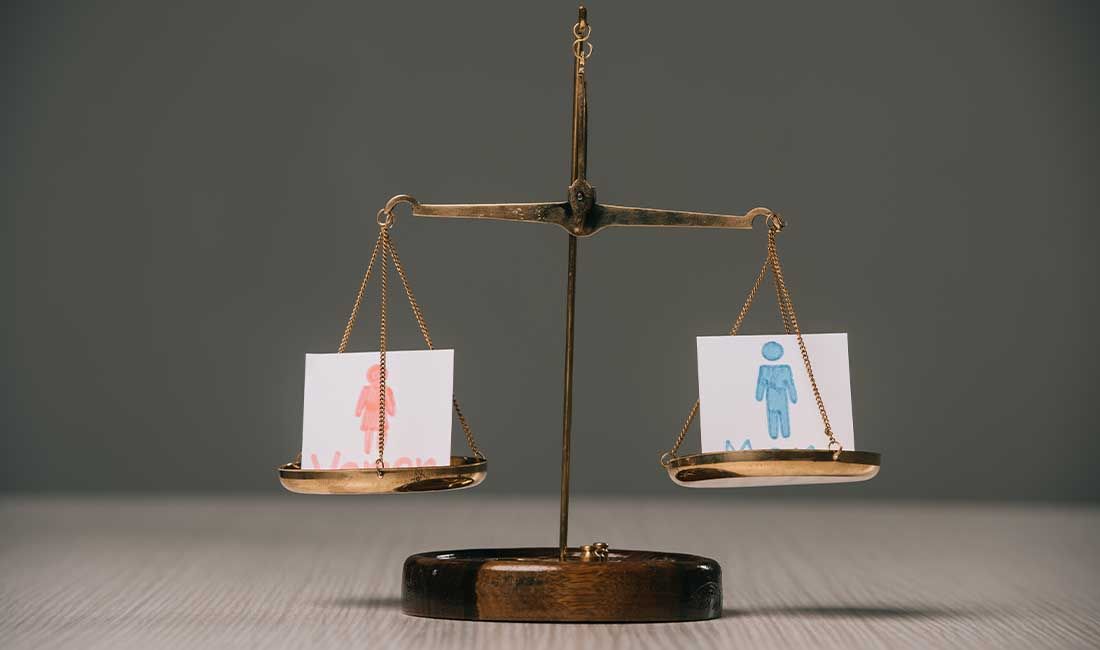Refusing to Return to Work Due to Covid-19

| W.E.U Admin | Workplace Wellbeing
TAGS: COVID-19, Discrimination, Equality
As many employees are being instructed to return to work today, some are likely to object on health grounds. What happens if there is a stand-off? Can an employer force an employee back? If an employee refuses, can they face discipline, lose pay or even be dismissed? And where do employees stand—do they have the right to refuse? Could they bring a claim in the Employment Tribunal if they are pressured, penalised or dismissed?
Health and Safety vs. Equality Law
There is an obvious potential for health-and-safety based claims under ss.44 and 100 of the Employment Rights Act 1996, but there is also a real risk of discrimination claims under the Equality Act 2010. In this article, we focus on the latter. Let’s consider how the scope for discrimination arises, then explore three worked examples, and finally offer practical advice for both employers and employees.
How Discrimination Arises in the Covid-19 Context
People’s immunity to Covid-19 varies hugely: some of us are more vulnerable than others. The UK Government’s guidance, Our Plan to Rebuild, sets out at Appendix B the categories of people it considers clinically vulnerable or clinically extremely vulnerable. Many in these categories are also protected under the Equality Act 2010:
- Age: People over 70 are more vulnerable to serious illness; they are protected against age discrimination.
- Disability: People with underlying health conditions face higher risk; many are protected against disability discrimination.
- Pregnancy: Pregnant women are at higher risk; they are protected against discrimination on grounds of pregnancy.
More controversially, race has emerged as a risk factor. According to the Office for National Statistics, the death rate amongst BAME patients is disproportionately high: a black person with Covid-19 is approximately four times more likely to die, and an Asian person 3.5 times more likely, compared to someone from a white background.
Likely Discrimination Claims – Three Worked Examples
Example 1: Indirect Age Discrimination (s.19 Equality Act 2010)
Scenario: A 68-year-old headmaster refuses to return to school because he considers himself high-risk. He argues that the employer’s general return to work policy amounts to indirect age discrimination.
- The return-to-work instruction is a “provision, criterion or practice” (PCP). It disproportionately impacts older staff, as contracting Covid-19 is more serious for them.
- Can he show he fits the higher-risk category? Government guidance labels “clinically vulnerable” as those aged 70+, but tribunals may allow a nuanced cut-off based on scientific evidence.
- Is the PCP justified? Under s.19(2)(d), an employer can defend a PCP as a “proportionate means of achieving a legitimate aim” (PROMALA). While staffing a school is a legitimate aim, proportionality hinges on whether reasonable adjustments were considered—such as remote teaching or reassigning face-to-face duties.
Example 2: Discrimination Arising from Disability (s.15 Equality Act 2010)
Scenario: A diabetic factory worker refuses to return, citing her clinically vulnerable status. The employer issues a formal warning for non-attendance.
- No direct discrimination claim exists, as the sanction isn’t imposed because she is diabetic per se.
- There is likely a claim for discrimination arising from disability. A formal warning is “unfavourable treatment” imposed “because of something arising in consequence of” her disability.
- The employer must justify the warning under PROMALA. Unless medical evidence was reviewed and alternatives explored, the defence is likely to fail.
Example 3: Victimisation (s.27 Equality Act 2010)
Scenario: An ethnic minority employee tells his manager that returning to work is riskier for BAME staff. He is dismissed.
- No direct race discrimination arises if the dismissal was due to absence, not race.
- A claim for victimisation may succeed: raising concerns about racial risk is a “protected act”. It is irrelevant whether the science is conclusive; what matters is the good-faith complaint.
- If the reason for dismissal is retaliation for the complaint, the employer may be liable for victimisation.
Practical Tips for Employers and Employees
- Beware blanket policies. Uniform return to work instructions are prima facie indirect discrimination. Employers must be ready with a PROMALA defence.
- Listen sympathetically. If an employee claims to be clinically vulnerable, offer to review medical evidence before taking action.
- Obtain occupational health input. Both parties should consider professional medical advice before finalising any decision.
- Think flexibly. Could risks be mitigated by reassigning duties, adjusting shifts or modifying the physical environment?
- Weigh the risks. Employers risk unfair dismissal claims; employees risk losing their job or having to claim constructive dismissal. Seek legal advice before taking a hard line.
About the Author
Changez Khan is a barrister specialising in employment law. He has appeared in numerous discrimination trials and appeals, including three before the Court of Appeal. For more insights, connect with him on LinkedIn.
workersofengland.co.uk | Independent Workers Trade Union



















